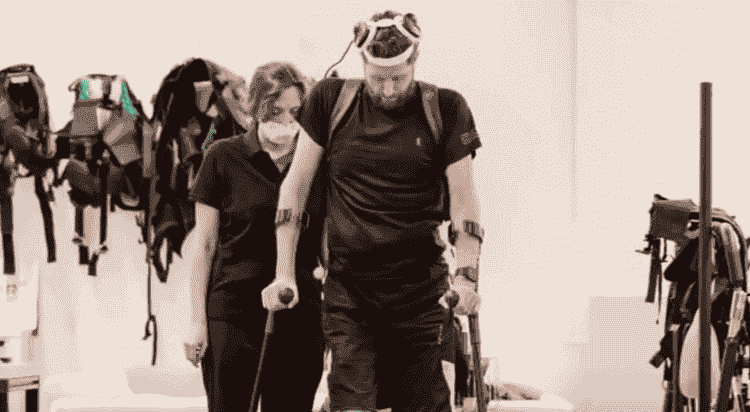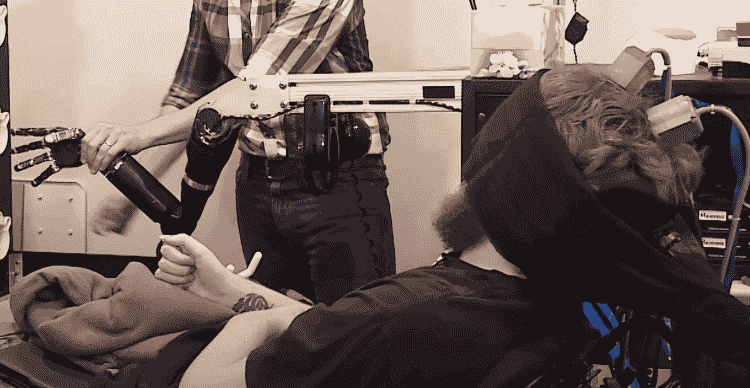
Revolutionary technology has sparked hope in medical science as a paralyzed man regains the ability to walk using brain signals.
After fracturing his neck in a motorcycle accident in China in 2011, Gert-Jan Oskam, a native of the Netherlands, was informed that he would never be able to walk again.
Unleashing the Power of Brain Signals
Oskam was able to regain mobility in his lower body thanks to recent research that was published in the journal Nature. This was made possible by improvements in brain technology.
By utilizing electrode implants in his brain, Oskam is now capable of transmitting brain signals to an algorithm that converts them into pulses. These pulses are subsequently delivered to electrodes inserted in his spinal cord, stimulating the nerves and reawakening his muscles, thereby facilitating movement.
During a press briefing, Grégoire Courtine, the lead researcher on the study and a specialist in spinal cord injuries at the Swiss Federal Institute of Technology, Lausanne, stated, “We have successfully captured Gert-Jan’s thoughts and translated them into stimulation of the spinal cord, resulting in the restoration of voluntary movement.”
Read more: IRS Selects Accenture And Maximus For Groundbreaking $2.6B It Modernization Project
Revolutionizing Mobility Control for Paralyzed Individuals

Termed the Digital Bridge by Courtine, this brain-spine interface grants Oskam greater control than any previous study or physical therapy in which he had participated. After several weeks of training, Oskam was able to walk without the assistance of a walker and ascend an inclined ramp with minimal aid.
Expressing his newfound sense of brain control over his body, Oskam likened his experience to that of a toddler relearning to walk. He also emphasized the joy of being able to stand up and enjoy a beer with his friends, a pleasure that many people often take for granted.
The researchers involved in the study hold high hopes that this technology could be beneficial for individuals who lack the use of their arms and hands, as well as those who have suffered from strokes.
Considering the progress Oskam has made in the years following his accident, the research team believes that individuals with more recent injuries may experience even greater improvements.
Courtine elaborated on this point, stating, “In Oskam’s case, it has been over 10 years since the spinal cord injury. Just consider what would be possible when we use the digital bridge a few weeks after suffering a spinal cord injury. It really is amazing.
Read more: Multivitamins Show Potential In Slowing Memory Loss Among Older Adults

